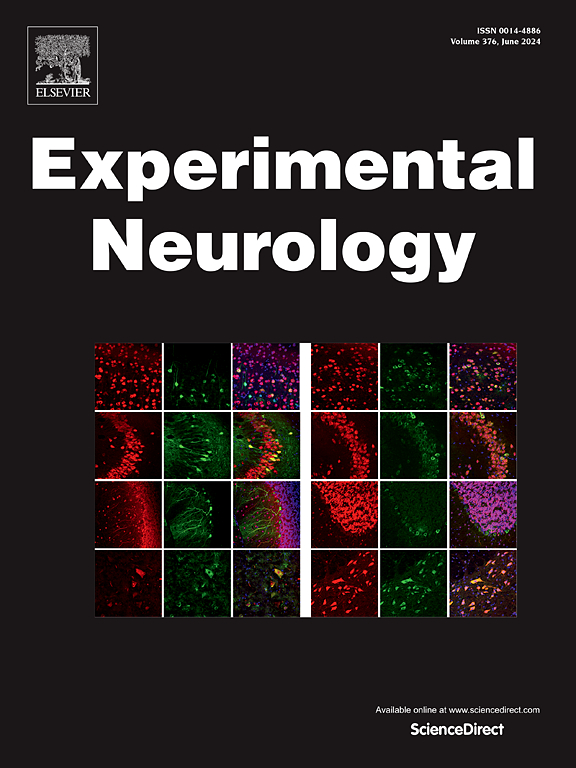Long-term variable photoperiod exposure impairs hippocampal synapse involving of the glutamate system and leads to memory deficits in male Wistar rats
IF 4.6
2区 医学
Q1 NEUROSCIENCES
引用次数: 0
Abstract
Excessive artificial light at night can induce the human circadian misalignment, potentially impairing memory consolidation and the rhythms of hippocampal clock genes. To investigate the impact of circadian misalignment on hippocampal function, we measured various field excitatory postsynaptic potentials (fEPSP) and golgi staining in the CA1 and dentate gyrus (DG) regions in Wistar rats. Our findings revealed that circadian misalignment resulted in a leftward shift in the input-output (I-O) curve within the CA1 region, decreased long-term potentiation (LTP), multi-time interval paired-pulse ratio (PPR), as well as dendritic spines and complexity across both CA1 and DG regions. Additionally, magnetic resonance spectroscopy (MRS) showed that circadian misalignment downregulated glutamate-related neurotransmitters (Glu + Gln) in the hippocampus, contributing to impaired synaptic function. Furthermore, disruptions to glutamate receptor subunits due to circadian misalignment led to reduced expression of AMPA receptor and NMDA receptor subunits in the hippocampus. In summary, our results suggest that memory impairments resulting from circadian misalignment are associated with diminished functionality within the glutamatergic system; this includes reductions in both Glx levels and availability of glutamate receptor subunits—key factors contributing to compromised synaptic function within the hippocampus.
求助全文
约1分钟内获得全文
求助全文
来源期刊

Experimental Neurology
医学-神经科学
CiteScore
10.10
自引率
3.80%
发文量
258
审稿时长
42 days
期刊介绍:
Experimental Neurology, a Journal of Neuroscience Research, publishes original research in neuroscience with a particular emphasis on novel findings in neural development, regeneration, plasticity and transplantation. The journal has focused on research concerning basic mechanisms underlying neurological disorders.
 求助内容:
求助内容: 应助结果提醒方式:
应助结果提醒方式:


